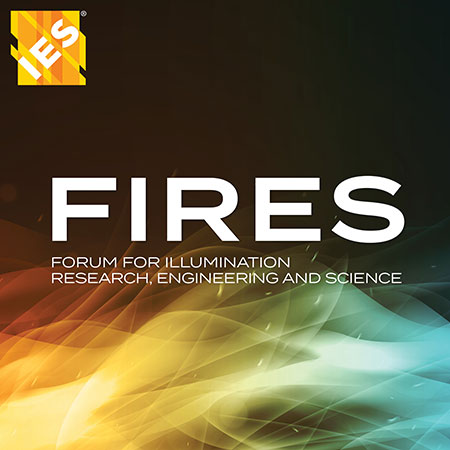
Share your Ideas!
To post an article in FIRES, go to our Policies and Submissions page.
Questions? research@ies.org
Editorial Disclaimer
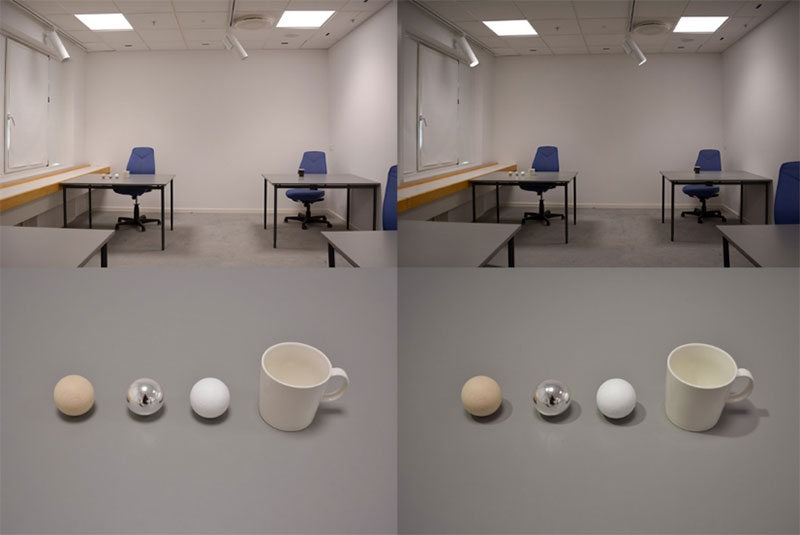
Double Dynamic Lighting — Bringing Qualities of Natural Light into the Office
Authors: Ellen Kathrine Hansen, Mihkel Pajuste; Aalborg University, Copenhagen In this new dynamic lighting approach, the sky type and daylight inflow are taken into consideration actively, bringing the dynamic office…
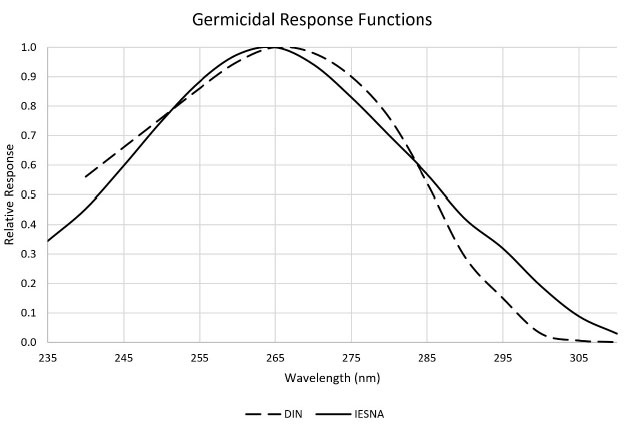
Ultraviolet Radiation Terminology
By Ian Ashdown, P. Eng., FIES Senior Scientist, SunTracker Technologies Ltd. A word of caution: I am going to be annoyingly pedantic here, but with good reason. The lighting industry…
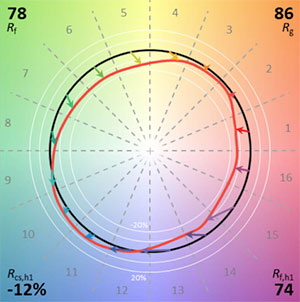
Spectral Similarity as a Measure of Naturalness?
By Jason Livingston (Studio T+L), Michael Royer (PNNL), Lorne Whitehead (University of British Columbia) It seems that every month there is a new metric proposed to quantify the performance of…
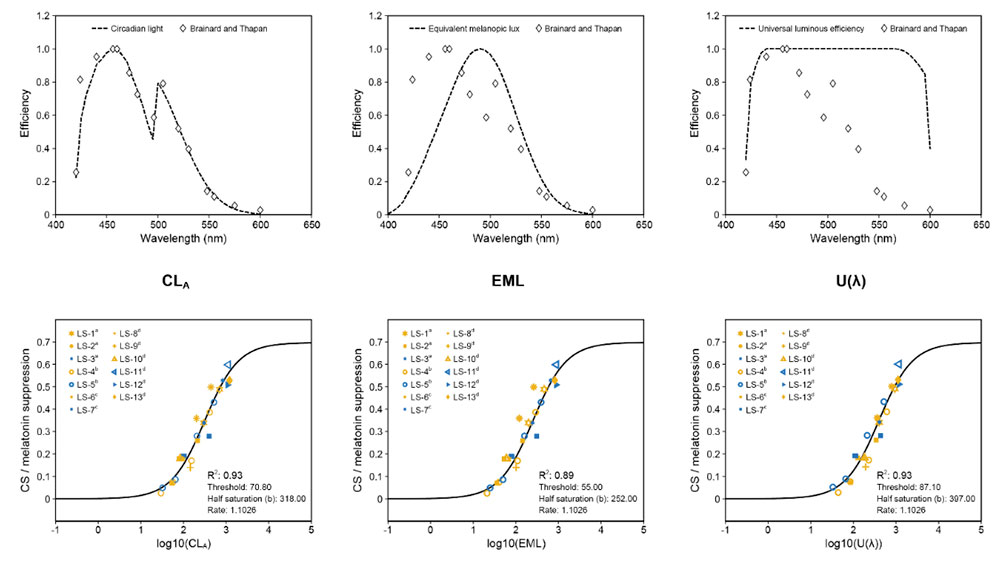
Applying circadian-effective lighting — Understanding the 3 Ps
Right after receiving my PhD, I took a position as a research scientist at the National Research Council Canada (NRCC) in Ottawa. It was a very good decision. The NRCC…
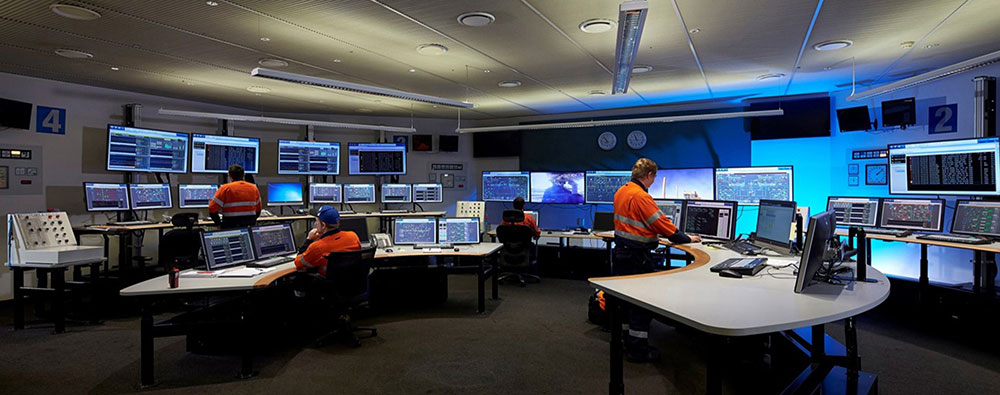
Unifying the Art and Function of Light in the Built Environment – The Collaborative Roles of Visual Ergonomists and Lighting Designers
By Jennifer Long, PhD Jennifer Long Visual Ergonomics, Katoomba NSW, Australia In his editorial “Is there a science of lighting design?” Peter Boyce observed, “the lighting designer who can deliver…
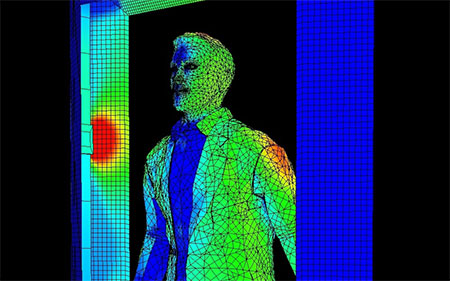
Designing a UV-C Germicidal System
By Ian Ashdown, P. Eng., FIES Senior Scientist, SunTracker Technologies Ltd. Germicidal lamps emitting ultraviolet-C (UV-C) radiation have been in use since the 1930s (Wells and Wells 1936). These are…
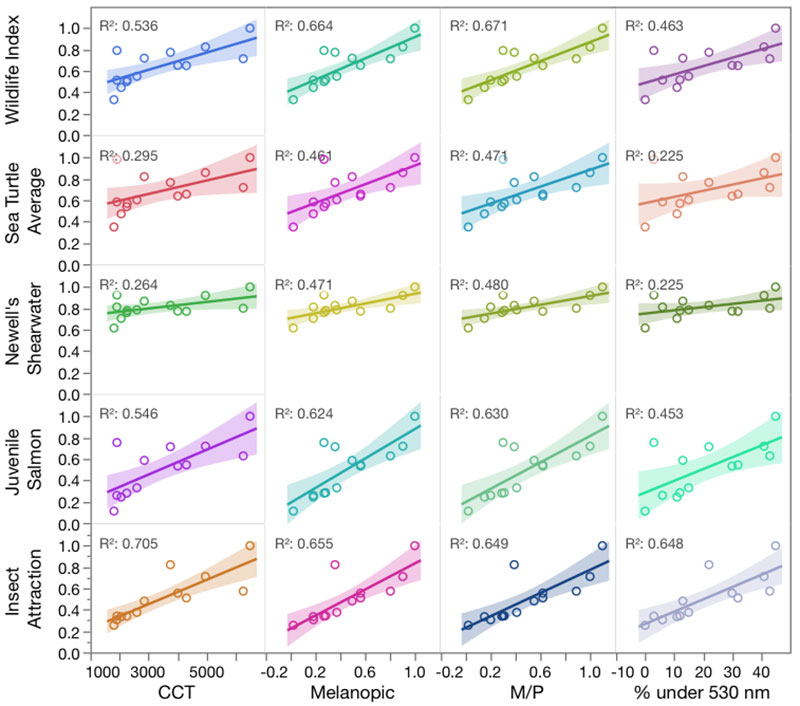
On the Use of Summary Metrics of Light Spectral Characteristics to Assess Effects of Artificial Light at Night on Wildlife
By Travis Longcore From the position of wildlife, the best artificial light at night is no artificial light at night.
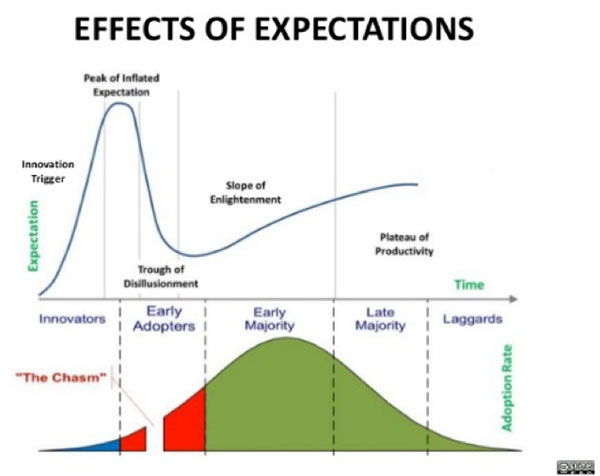
The Slope of Circadian Enlightenment
By Colleen Hufford, LC, IES, Kelly Seeger, MSc, LC, IES, LEED AP, Signify Arguably, the biggest challenge we face (as an industry) is how to successfully apply circadian science to…
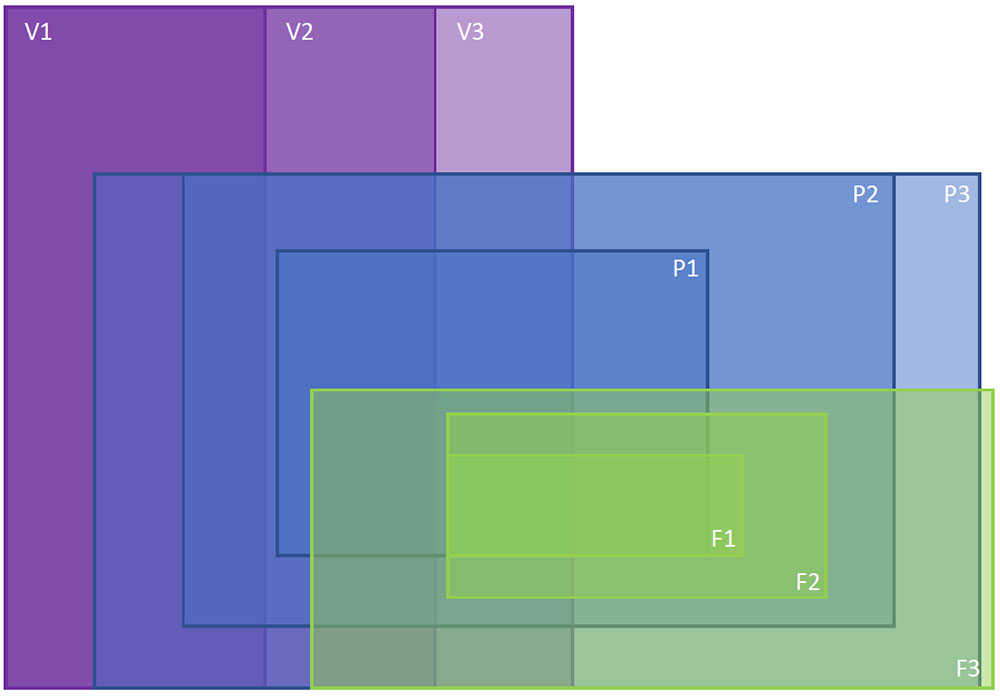
Using TM-30 to Improve Your Lighting Design
By Jason Livingston, Michael Royer, Tony Esposito Hopefully, you have heard of TM-30 by now. ANSI/IES TM-30-18, IES Method for Evaluating Light Source Color Rendition provides a robust suite of…
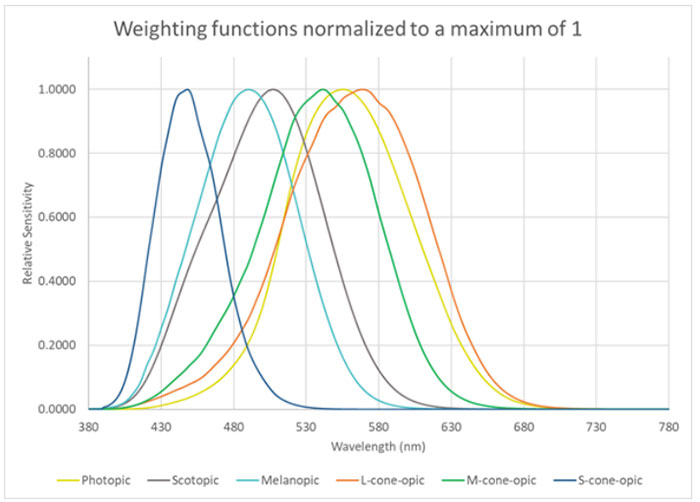
M/P ratios – Can we agree on how to calculate them?
By Naomi J. Miller, PNNL; Anne (Lia) Irvin, PNNL The candela and the lumen are units based on one form of human spectral sensitivity, characterized with the weighting function known…
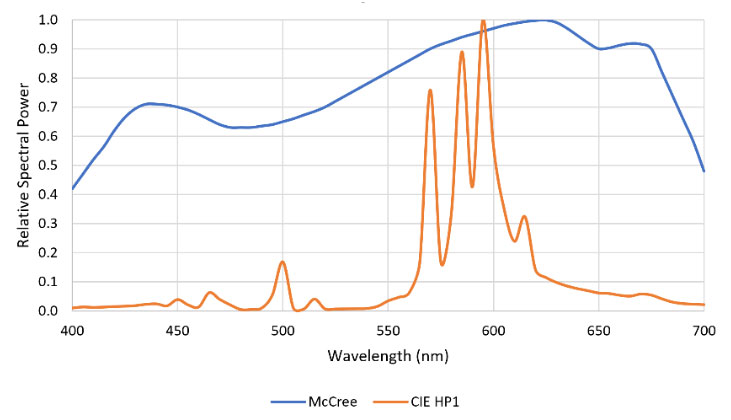
Specifying LED Colors for Horticultural Lighting
By Ian Ashdown, Senior Scientist SunTracker Technologies Whereas human vision relies on five opsins as photoreceptors, most plants have a wide variety of photopigments that are responsive to optical radiation…
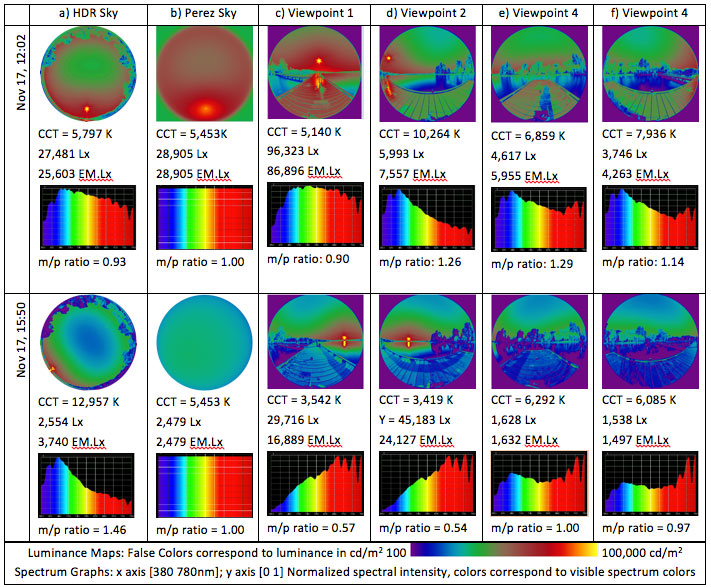
Focusing on Daylight Spectra
By Mehlika Inanici, Ph.D. The dynamic intensity and spectra of daylight inform human beings about the passage of time and weather, produce the best color rendition, regulate circadian rhythms in…

Double Dynamic Lighting — Bringing Qualities of Natural Light into the Office
Authors: Ellen Kathrine Hansen, Mihkel Pajuste; Aalborg University, Copenhagen In this new dynamic lighting approach, the sky type and daylight inflow are taken into consideration actively, bringing the dynamic office…

Ultraviolet Radiation Terminology
By Ian Ashdown, P. Eng., FIES Senior Scientist, SunTracker Technologies Ltd. A word of caution: I am going to be annoyingly pedantic here, but with good reason. The lighting industry…

Spectral Similarity as a Measure of Naturalness?
By Jason Livingston (Studio T+L), Michael Royer (PNNL), Lorne Whitehead (University of British Columbia) It seems that every month there is a new metric proposed to quantify the performance of…

Applying circadian-effective lighting — Understanding the 3 Ps
Right after receiving my PhD, I took a position as a research scientist at the National Research Council Canada (NRCC) in Ottawa. It was a very good decision. The NRCC…

Unifying the Art and Function of Light in the Built Environment – The Collaborative Roles of Visual Ergonomists and Lighting Designers
By Jennifer Long, PhD Jennifer Long Visual Ergonomics, Katoomba NSW, Australia In his editorial “Is there a science of lighting design?” Peter Boyce observed, “the lighting designer who can deliver…

Designing a UV-C Germicidal System
By Ian Ashdown, P. Eng., FIES Senior Scientist, SunTracker Technologies Ltd. Germicidal lamps emitting ultraviolet-C (UV-C) radiation have been in use since the 1930s (Wells and Wells 1936). These are…

On the Use of Summary Metrics of Light Spectral Characteristics to Assess Effects of Artificial Light at Night on Wildlife
By Travis Longcore From the position of wildlife, the best artificial light at night is no artificial light at night.

The Slope of Circadian Enlightenment
By Colleen Hufford, LC, IES, Kelly Seeger, MSc, LC, IES, LEED AP, Signify Arguably, the biggest challenge we face (as an industry) is how to successfully apply circadian science to…

Using TM-30 to Improve Your Lighting Design
By Jason Livingston, Michael Royer, Tony Esposito Hopefully, you have heard of TM-30 by now. ANSI/IES TM-30-18, IES Method for Evaluating Light Source Color Rendition provides a robust suite of…

M/P ratios – Can we agree on how to calculate them?
By Naomi J. Miller, PNNL; Anne (Lia) Irvin, PNNL The candela and the lumen are units based on one form of human spectral sensitivity, characterized with the weighting function known…

Specifying LED Colors for Horticultural Lighting
By Ian Ashdown, Senior Scientist SunTracker Technologies Whereas human vision relies on five opsins as photoreceptors, most plants have a wide variety of photopigments that are responsive to optical radiation…

Focusing on Daylight Spectra
By Mehlika Inanici, Ph.D. The dynamic intensity and spectra of daylight inform human beings about the passage of time and weather, produce the best color rendition, regulate circadian rhythms in…
